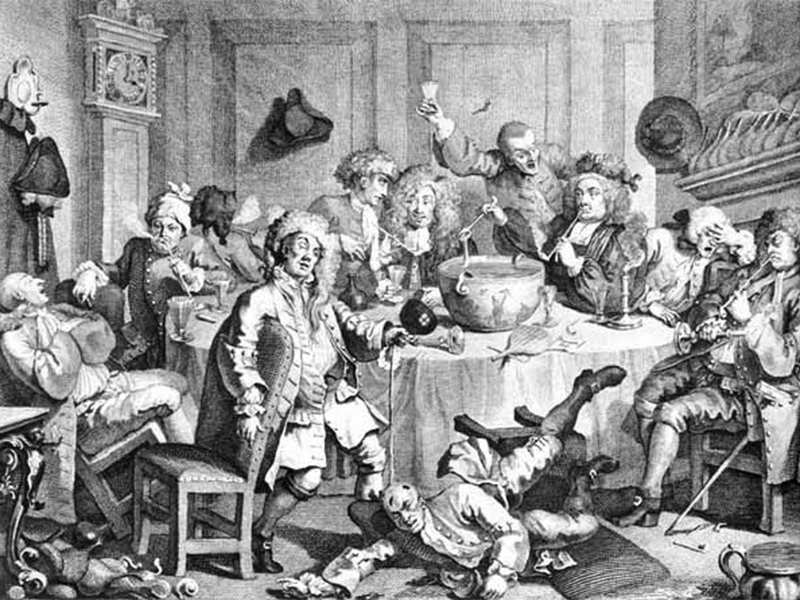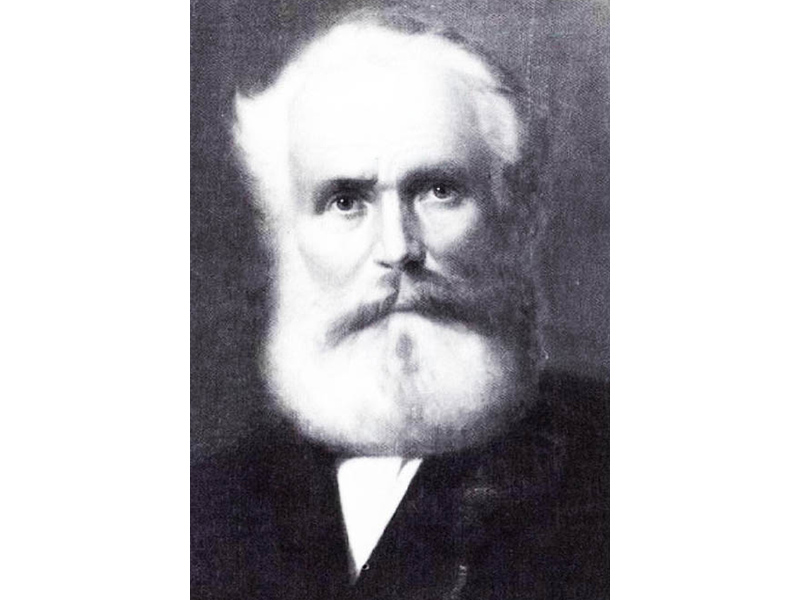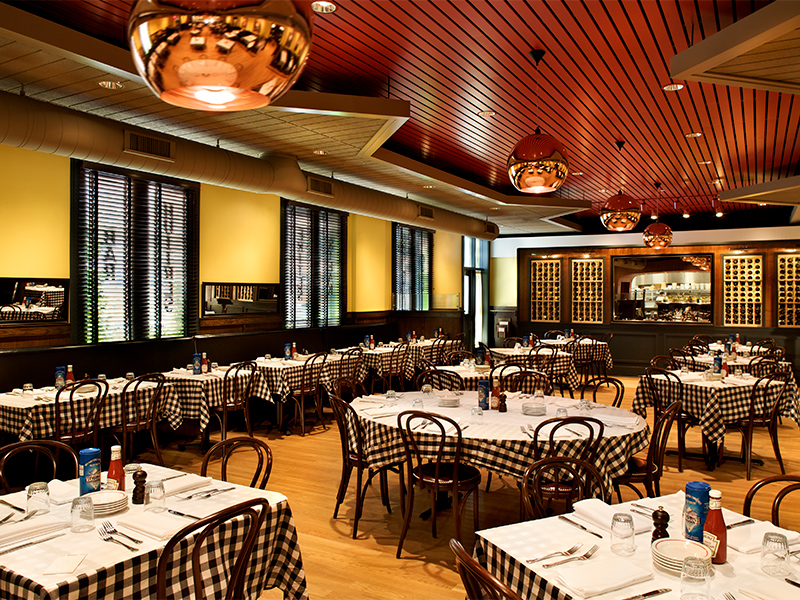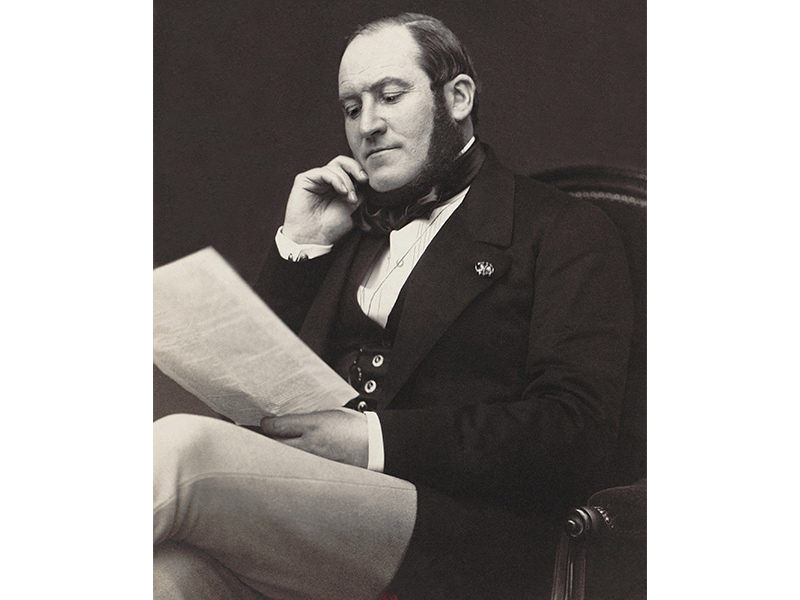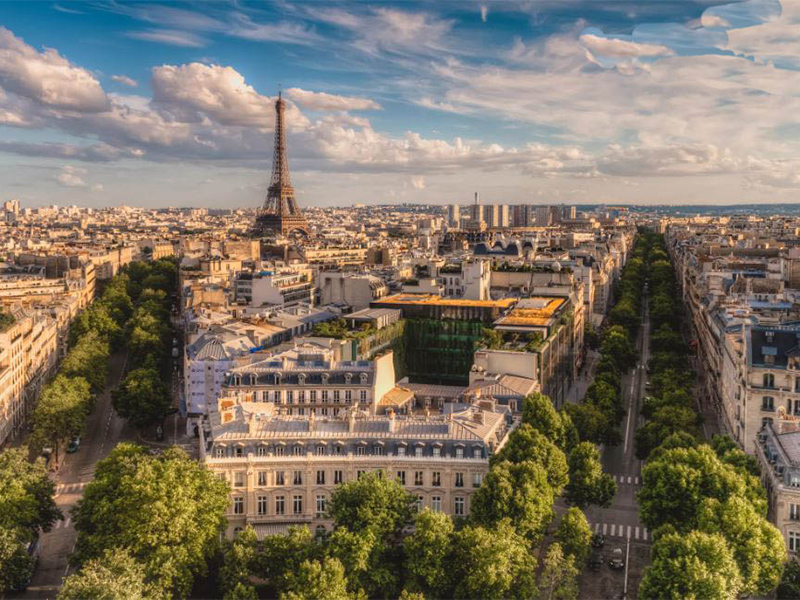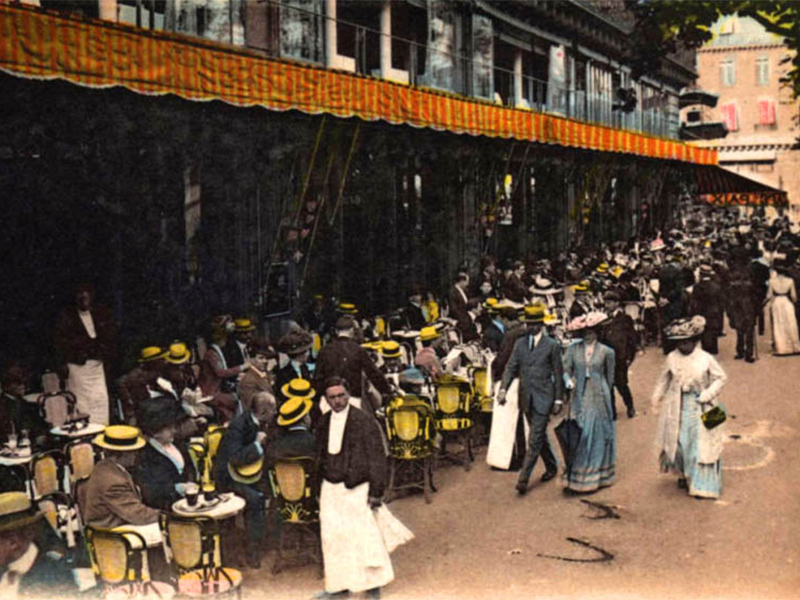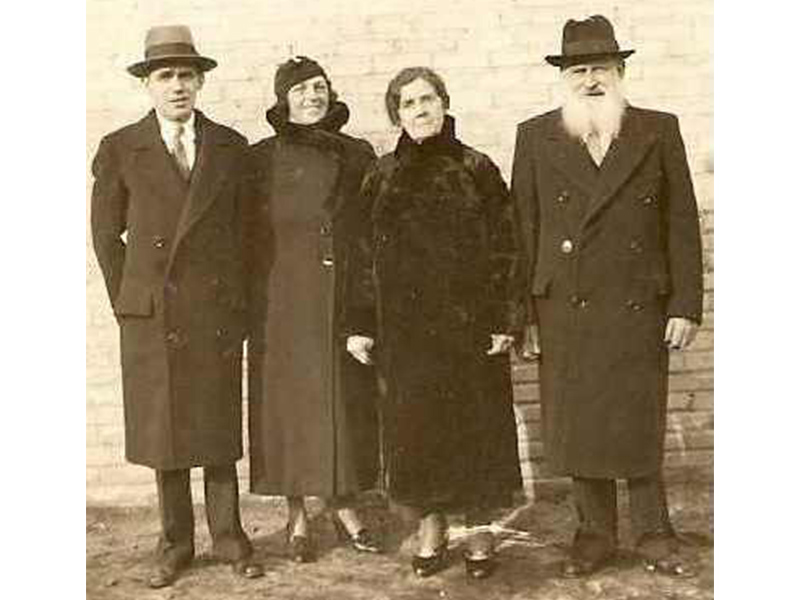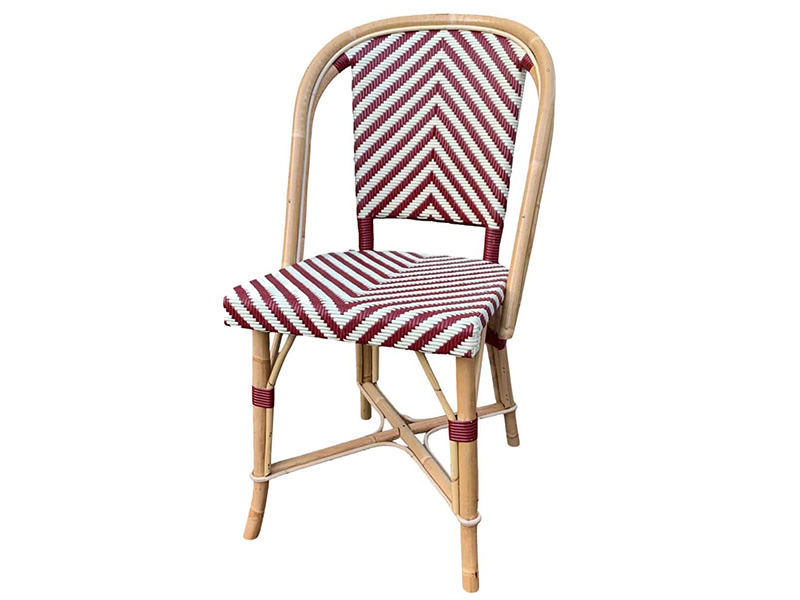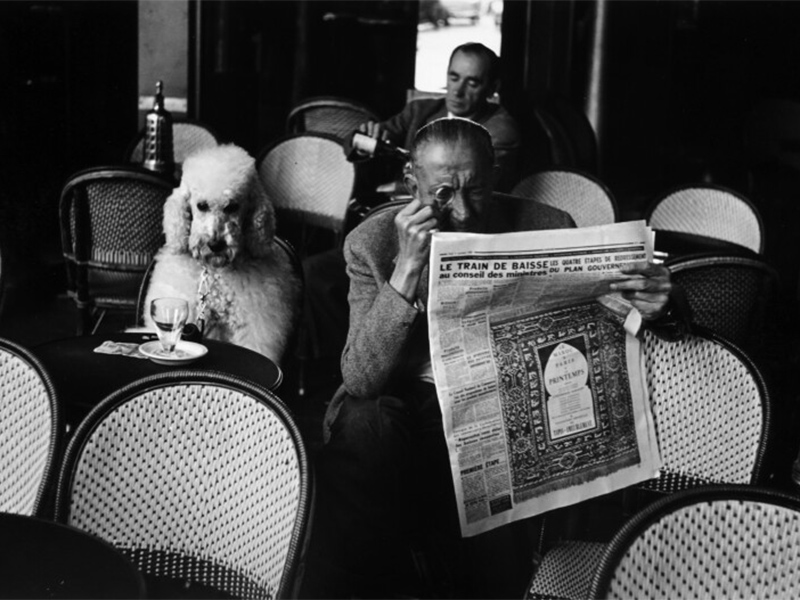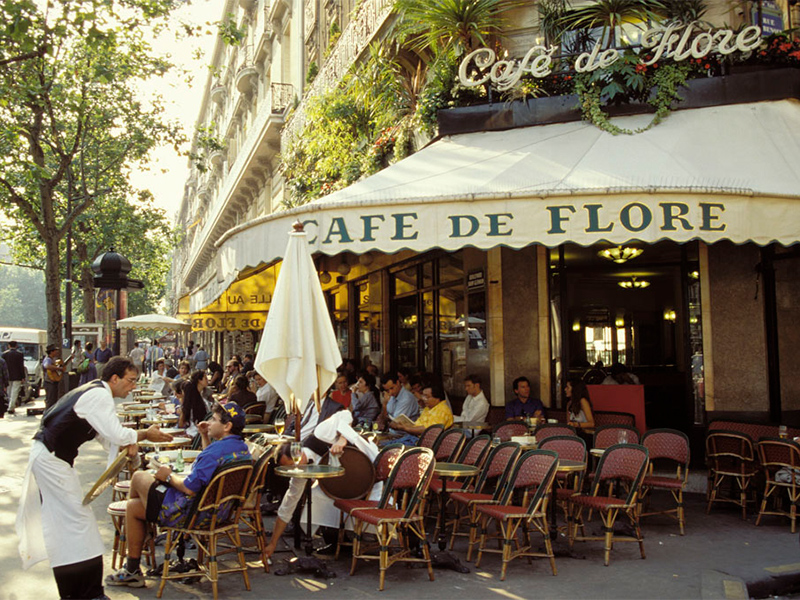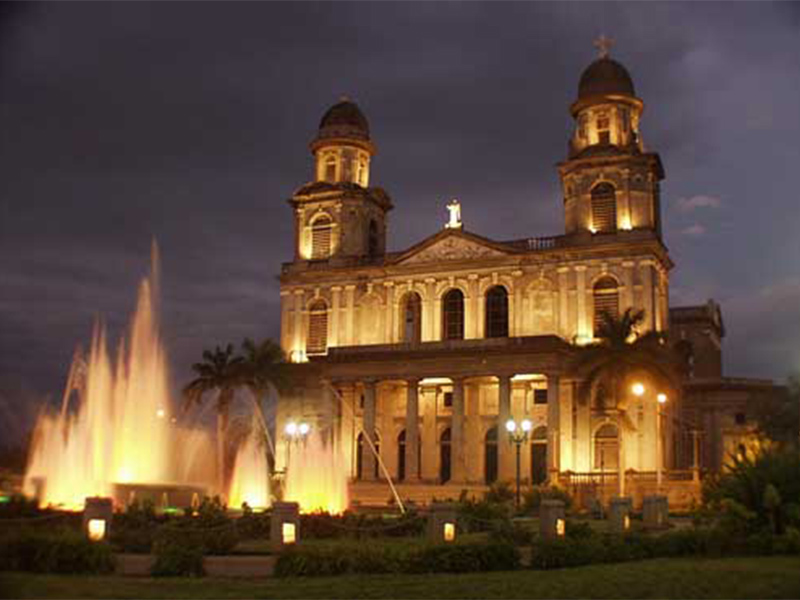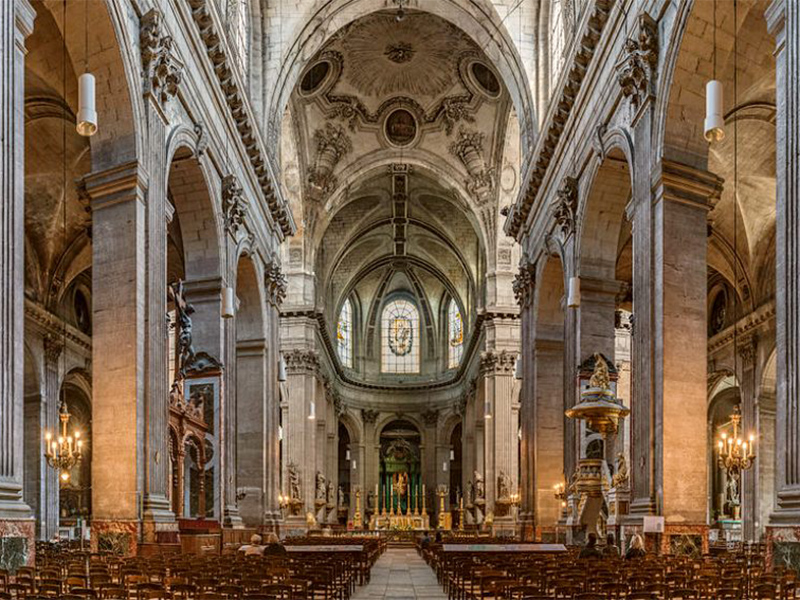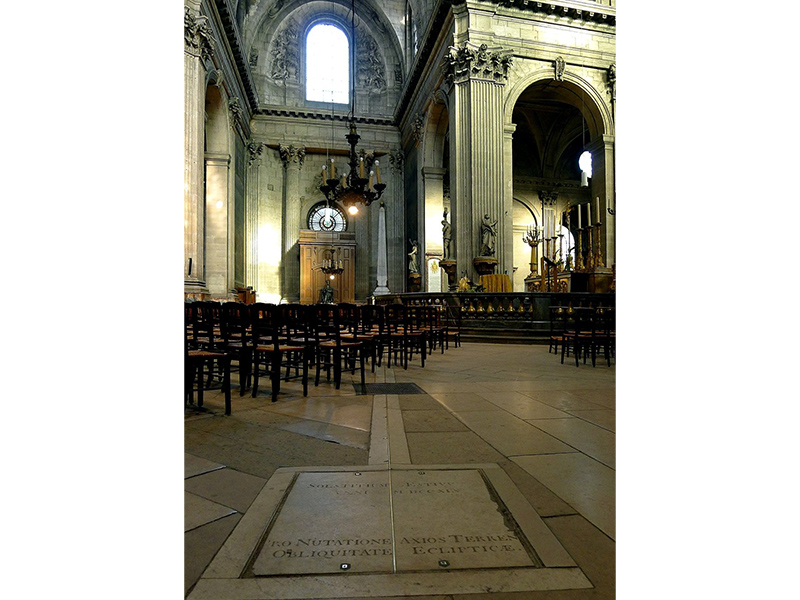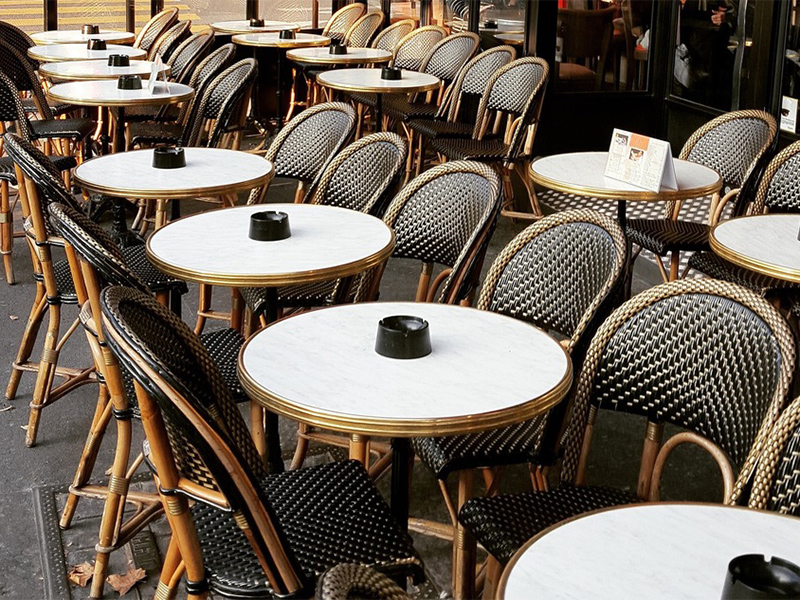The other day, I got to thinking about Paris and all the wonderful times Joanne and I have had there over the years.
And indeed, there have been breathtaking moments and experiences during our visits.
I suppose people will immediately think that I would instantly start spouting off about the wonderful, sometimes breathtaking, restaurants that we’ve visited in the City of Lights. And while that’s certainly truth, there is another truth. More about that later.
Dining in Paris (and London, of course), where it’s not uncommon to find yourself eating in a restaurant that’s far older than you are, I wondered, how far back do restaurants actually go?
The history is a bit murky. It’s said that sometime during the 1600’s, some people started opening up their homes to weary travelers – restoring them with beverages and, later, simple food offerings like omelets and sandwiches. (In fact, the word “restaurant” comes from the French word for “restoration.”) The first bona fide restaurant to open in Paris was PROCOPE in 1686. BTW, It’s still there!!!
Cafes and home-cafes began cropping up all over town. Enter MICHAEL THONET, a German-Austrian furniture maker who, in the mid-1800’s, was experimenting with steaming and bending beechwood into chairs. The rest is history. His classic bentwood chairs populated most every café in the balance of the century and are still wildly popular in today’s restaurant world. His timeless #18 chair won the Gold Medal at the Paris World Fair of 1867 and even today resides at modest places like BRASSERIE BALZAR near the Sorbonne, as well as the large, award-winning Art Nouveau BRASSERIE BOFINGER in the Marais. Toulouse Lautrec even incorporated the classic chair #18 into his impressionist paintings.
Incidentally, you can enjoy your dinner tonight comfortably seated in the #18 Thonet Chair at SALUT. Yeah, little ‘ole Salut.
What was the source of the Thonet chair’s appeal? Aside from its good looks, it was affordably priced,comfortable and offered impressive durability at a light weight.
Meanwhile, at about the same time that restaurants were growing in number, Napoleon III commissioned well-known master city planner GEORGES-EUGENE HAUSSMANN to reimagine the geometry of the Paris boulevards. Extremely talented, and thought by many to be arrogant as well as an autocratic jerk, Haussmann forged ahead full steam – routing his boulevards through the heart of the Paris slums. Some say it was to crush the popular uprisings in order to allow the French army to deploy quickly and quell any revolt of the people.
By 1870 Haussmann had transformed the city into a metropolis of stunning, broad, networked boulevards and long, wide, straight avenues. These were the new “highways” of Paris and became home to the city’s first big brasseries.
That’s all I know. Except for this: The result of his extra-wide sidewalks along the boulevards and avenues of Paris caused an explosion of sidewalk cafes at bistros and brasseries. This was the birth of the Parisian café culture – as much a part of Paris today as the Eiffel Tower and croissants.
The fact is, there would be NO sidewalk cafes in Paris if there were no boulevards.
Enter another furniture maker….around 1885: LOUIS DRUCKER. It was a match made in heaven. The frames of the Drucker Chairs were made of rattan, an aggressive climbing palm of Southeast Asia. The saddle and back were of woven “rislan,” a derivative of castor oil. The chairs were comfortable, sturdy and light weight. They were easy to move, stack and put away at the end of the night. Moreover, they withstood the harshest temperatures – from -58°F to 158°F.
What’s more, Drucker’s core design was produced in an almost endless variety of color combinations and models. There was even a child’s highchair. In collaboration with couture houses, sweaters were fabricated to match the color combinations of the chairs.
Drucker chairs were on the Titanic. Dogs love ‘em. Celebrities love ‘em. Lovers and loners love ‘em.
In the 1920s, legendary figures like HEMINGWAY, SARTRE, EZRA POUND, PICASSO, GERTRUDE STEIN, J.D. SALINGER, F. SCOTT and ZELDA FITZGERALD, and other members of the “Lost Generation” gathered at these sidewalk venues in search of escape from the memories and ravages of World War I. And the cafes – the epicenters of enlightenment – were always there for them, including the Drucker Chairs.
Today – especially today – Drucker chairs spill out onto the sidewalks of the most well-known bistros and brasseries.
So…back to my best memories of Paris.
Without a doubt our Parisian restaurant experiences were AMAZING, ASTONISHING, JAW DROPPING and SURPRISING. How could they NOT BE?
But when people ask me to recall the thrill of it all, the thing that I’ll remember the most is….DOING NOTHING, just wiling away the day at a sidewalk café reading a book or the Herald Tribune or simply people watching. I’ve even been known to sneak in a little snooze. I never really thought about it at the time, but I realize now that I, too, am part of Paris’ centuries-old café culture. The art of just being there, for hours, outdoors, experiencing the rhythm of the city, relaxed and savoring the moment, just doing nothing…nothing at all.
One of my fondest memories is this:
We had rented an apartment in the Marais, and around 4 o’clock every afternoon I would settle in at a sidewalk café near our place on Rue St. Antoine, order a double espresso, and open my book…The Da Vinci Code.
When I came to the chapter concerning the “Rose Line” and the secret society of The Priory of Sion, with the disturbing historical secret it was protecting, I realized that the Rose Line was embedded in the floor of, and passed directly through, the Cathedral of Saint Sulpice, just a few short blocks away from where I was sitting.
My God, I thought, I’m reading this worldwide bestseller and here I am, sitting in Paris, discovering the alleged core secrets of the Catholic Church! So of course, I bolted out of my chair and made a beeline to the cathedral. And, behold, there it was: a bronze sunlit straight line in the marble floor, in the South transept, running on an axis of pure north to south.
And I wondered……was it true? Was the Priory REALLY protecting the symbolic and mysterious secrets of the Rose Line, the Holy Grail and the untold story of Jesus Christ and Mary Magdalene? Or was it a Myth?
Read The Da Vinci Code…and then you decide.
Meanwhile, I continued to return each and every day to my favorite sidewalk café to finish my book – on my rather large, albeit well-clad, ass, firmly planted in a comfy DRUCKER CHAIR.
WTF
PHIL
